Throughout the history of cinema, animals have often been used to evoke fear and discomfort, but perhaps none have been as consistently effective as snakes. With their sinuous movements, flicking tongues, and potential deadliness, these reptiles tap into primal human fears that filmmakers have exploited for decades. From classic creature features to sophisticated psychological horror, snakes have slithered their way into our collective nightmares on screen. Their symbolic versatility—representing everything from biblical evil to psychological transformation—has made them indispensable tools in horror filmmaking. This article explores the multifaceted ways snakes have influenced modern horror cinema, examining their symbolic significance, visual impact, and the scientific understanding of ophidiophobia that makes them such effective fear triggers.
The Psychological Basis of Snake Fear
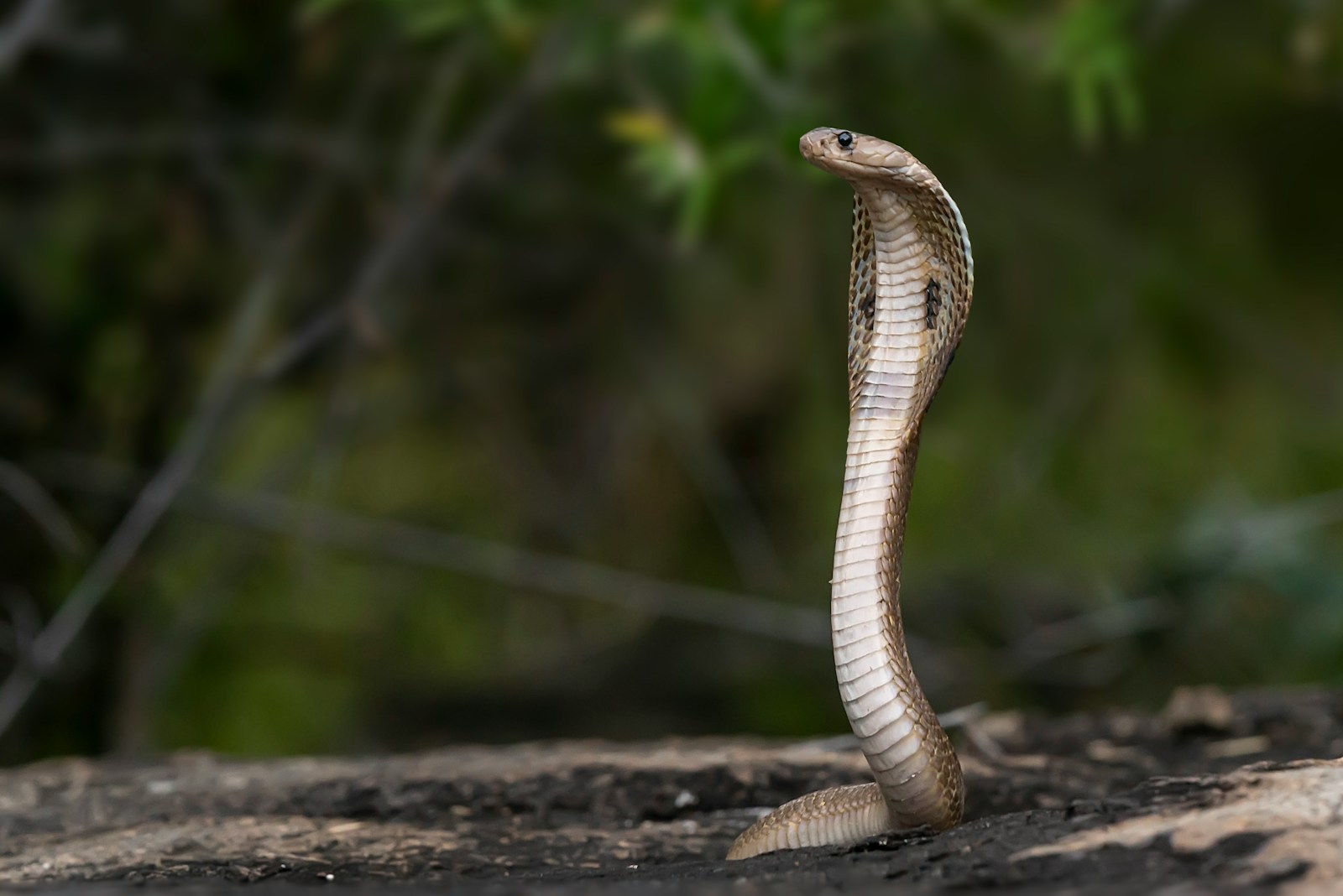
Our fear of snakes may be hardwired into our evolutionary psychology, making them perfect antagonists in horror films. Studies suggest humans possess an innate predisposition to detect and fear snakes, a survival mechanism from our evolutionary past when venomous serpents posed a significant threat. This inherent fear response, sometimes called the “snake detection theory,” proposes that primates evolved specialized neural pathways to quickly identify snake-like patterns and shapes. Filmmakers capitalize on this biological response, knowing that even viewers who have never encountered a real snake often experience automatic discomfort when seeing one on screen. This evolutionary foundation explains why snake imagery remains effective across cultures and generations, creating an almost universal fear response that horror directors can reliably exploit.
Biblical Symbolism and Cultural Mythology
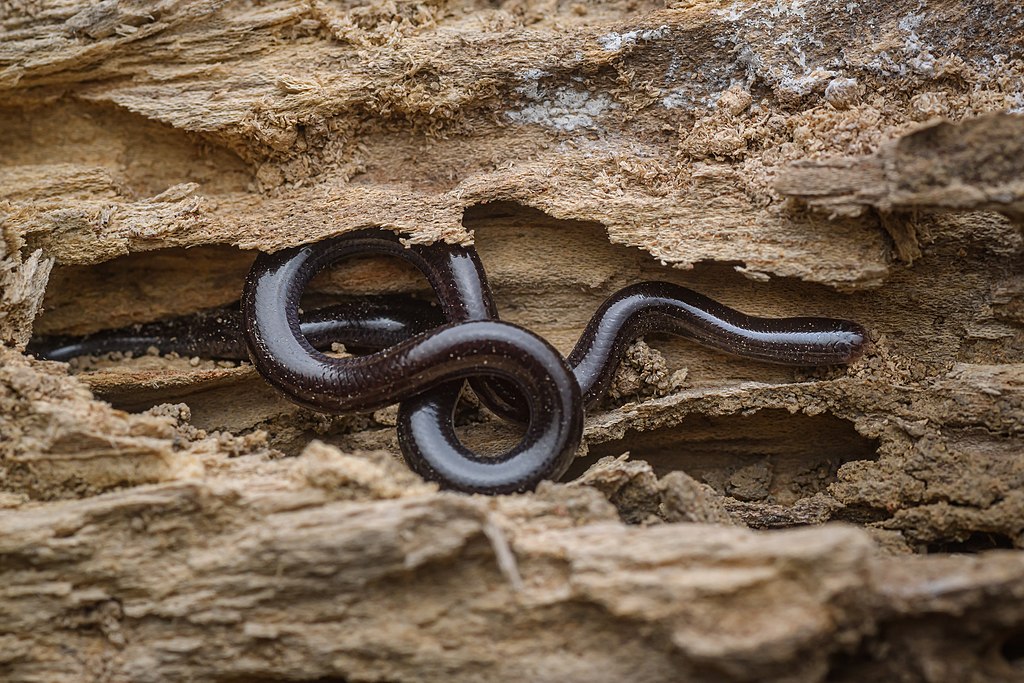
The snake’s role in horror films is deeply enhanced by its rich symbolic heritage in religious and mythological traditions. Most prominently, the serpent in the Garden of Eden represents temptation and the fall of humanity, a connection explicitly explored in films like “The Ritual” (2017) and “The Witch” (2015), where snake imagery accompanies themes of corruption and lost innocence. Beyond Christian symbolism, snakes appear in mythologies worldwide: as the chaos serpent Apophis in Egyptian belief, the world-encircling Jörmungandr in Norse mythology, and the nagas of Hindu and Buddhist traditions. Horror filmmakers frequently draw on these diverse cultural associations to add depth to their serpentine antagonists. When a snake appears on screen, it carries this accumulated weight of human cultural history, making it far more than just another dangerous animal.
Snakes as Metaphors for Transformation
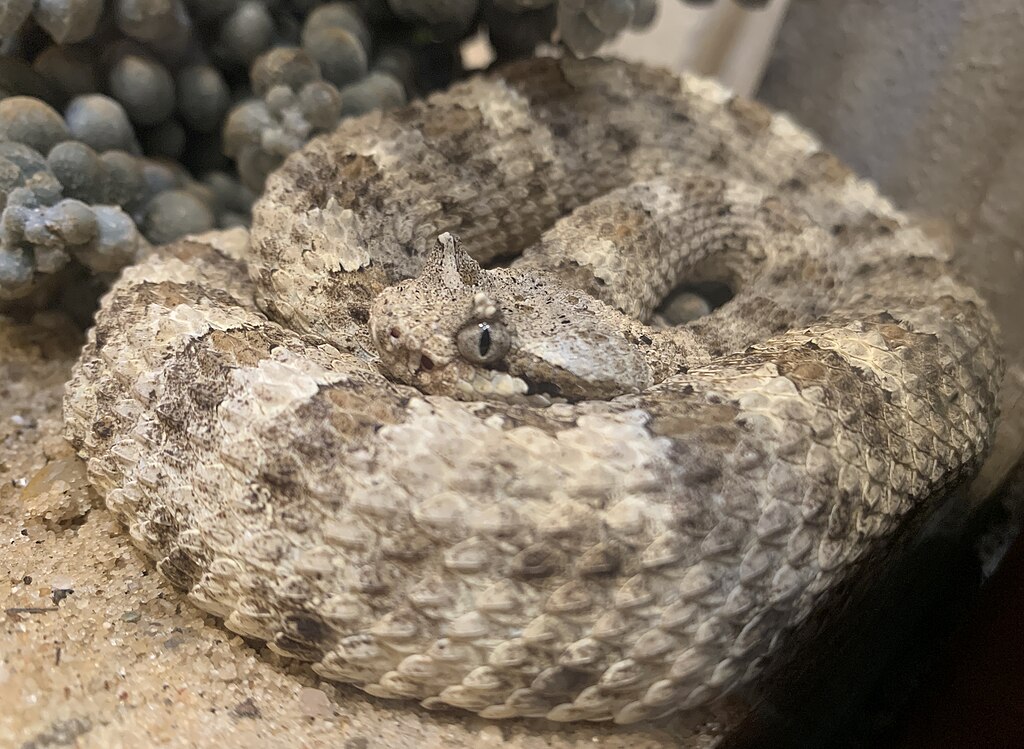
The snake’s biological ability to shed its skin has made it a powerful cinematic metaphor for transformation and rebirth—often with horrific implications. Films like “The Void” (2016) and “Annihilation” (2018) use snake-like imagery to represent bodily transformations that blur the line between human and other, tapping into fears of losing one’s identity or humanity. This transformative quality appears notably in David Cronenberg’s body horror films, where serpentine movements often accompany disturbing physical metamorphoses. The snake’s dual nature as both death-bringer and symbol of medicine (as in the Rod of Asclepius) makes it particularly effective for horror narratives that explore the thin line between healing and harm, creation and destruction. By associating snake imagery with character transformations, filmmakers create visceral discomfort that resonates on both conscious and subconscious levels.
The Foundational Influence of “Anaconda” (1997)
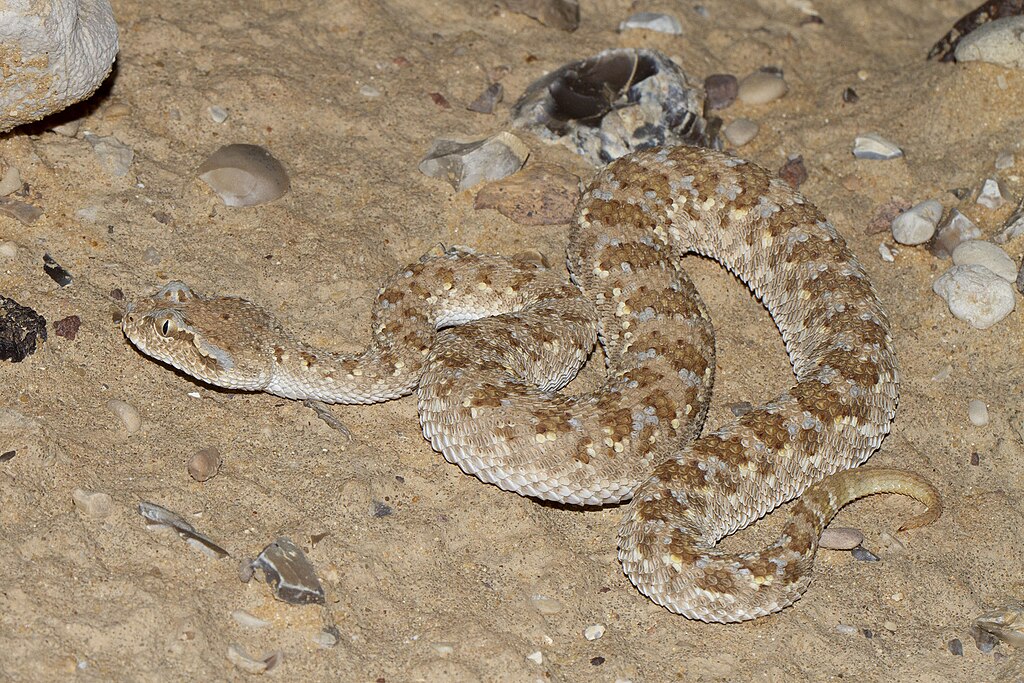
While not critically acclaimed, “Anaconda” stands as perhaps the most influential snake-centered horror film, revitalizing the creature feature subgenre for a new generation. The film’s combination of practical effects and early CGI created a memorable monster that balanced realistic snake behavior with exaggerated threat. Its commercial success—grossing over $136 million worldwide against a $45 million budget—proved the enduring box office appeal of snake-based horror and spawned multiple sequels and imitators. “Anaconda” established several tropes that would become standard in subsequent snake horror films, including the isolated setting, the snake’s apparent intelligence, and its ability to pursue human prey with seemingly deliberate malice. Perhaps most importantly, the film demonstrated that snakes could be effective horror antagonists even for viewers familiar with their actual biological limitations.
Visual Language: How Snakes Influence Cinematography

The physical characteristics of snakes have profoundly influenced the visual language of horror cinema, extending beyond the creatures themselves to how scenes are shot and composed. Directors frequently employ sinuous camera movements that mimic a snake’s locomotion to create unease before the threat becomes visible. Tight, constricting frames and slow, deliberate panning shots evoke the sensation of being stalked by a predator, while sudden strikes mimic the hunting behavior of vipers. Films like “The Descent” (2005), while not featuring actual snakes, use snake-inspired camera techniques when characters navigate tight cave passages, creating claustrophobic dread. Cinematographers also frequently employ scale patterns and molting imagery in set design and visual effects to subliminally trigger snake associations. These visual techniques have become so embedded in horror filmmaking that they create tension even in films where no literal serpents appear.
The Evolution of Snake CGI in Horror

The technological evolution of computer-generated imagery has transformed how snakes appear in horror films, enabling increasingly realistic and terrifying serpentine threats. Early CGI snakes, as seen in films like “Python” (2000), appear obviously artificial by today’s standards but represented significant technical achievements for their time. The advancement of muscle simulation software and texture rendering has allowed for more convincing movement patterns and scale details, reaching impressive heights in films like “Kong: Skull Island” (2017) with its massive skull-faced serpents. Modern CGI techniques allow filmmakers to create impossible snake anatomies—multi-headed mutations, hybrids with human features, or snakes of impossible size—while maintaining photorealistic textures that trigger genuine fear responses. This technological progression has enabled directors to realize snake-based horror concepts that would have been impossible with practical effects alone, expanding the symbolic and visual potential of serpents on screen.
Subversion of Snake Expectations in Contemporary Horror
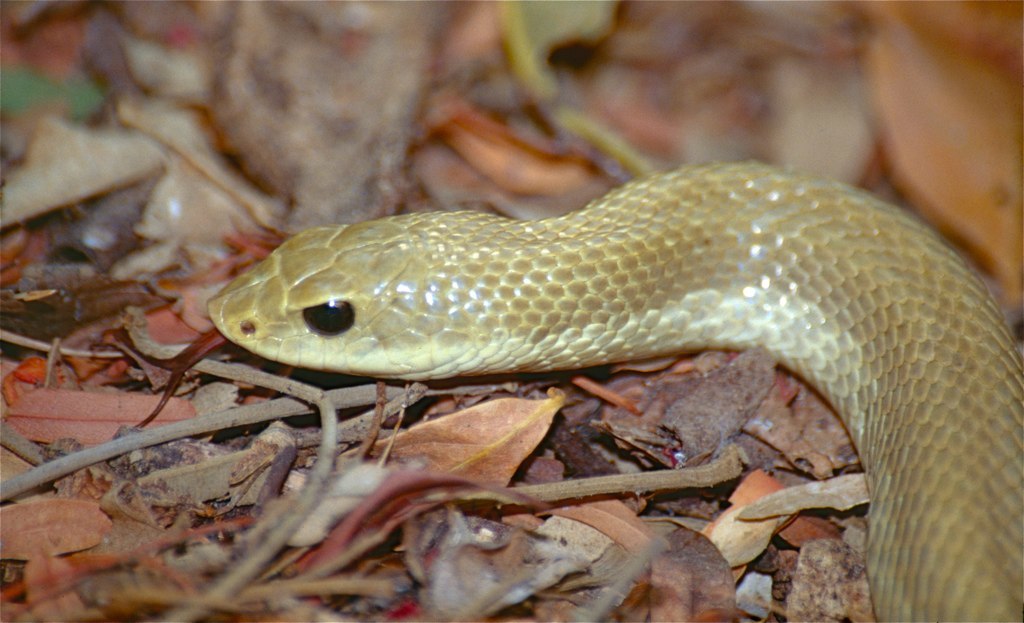
Modern horror films increasingly subvert traditional snake imagery, using audience expectations against them for psychological impact. Films like “The Ritual” don’t feature literal snakes but incorporate serpentine elements into their monster designs, creating unsettling creatures that trigger snake-recognition patterns in the viewer’s brain without being actual reptiles. Some recent films play with perspective, presenting snakes as victims rather than villains before reversing these roles, challenging the audience’s moral positioning. Directors like Ari Aster in “Hereditary” (2018) incorporate subtle snake motifs that require multiple viewings to fully appreciate, rewarding attentive viewers with deeper symbolic readings. This subversion represents a maturation of snake horror, moving beyond simple scares to use serpent imagery as part of complex psychological and thematic frameworks that comment on human relationships, environmental concerns, and social anxieties.
The Rise of Snake-Human Hybrids
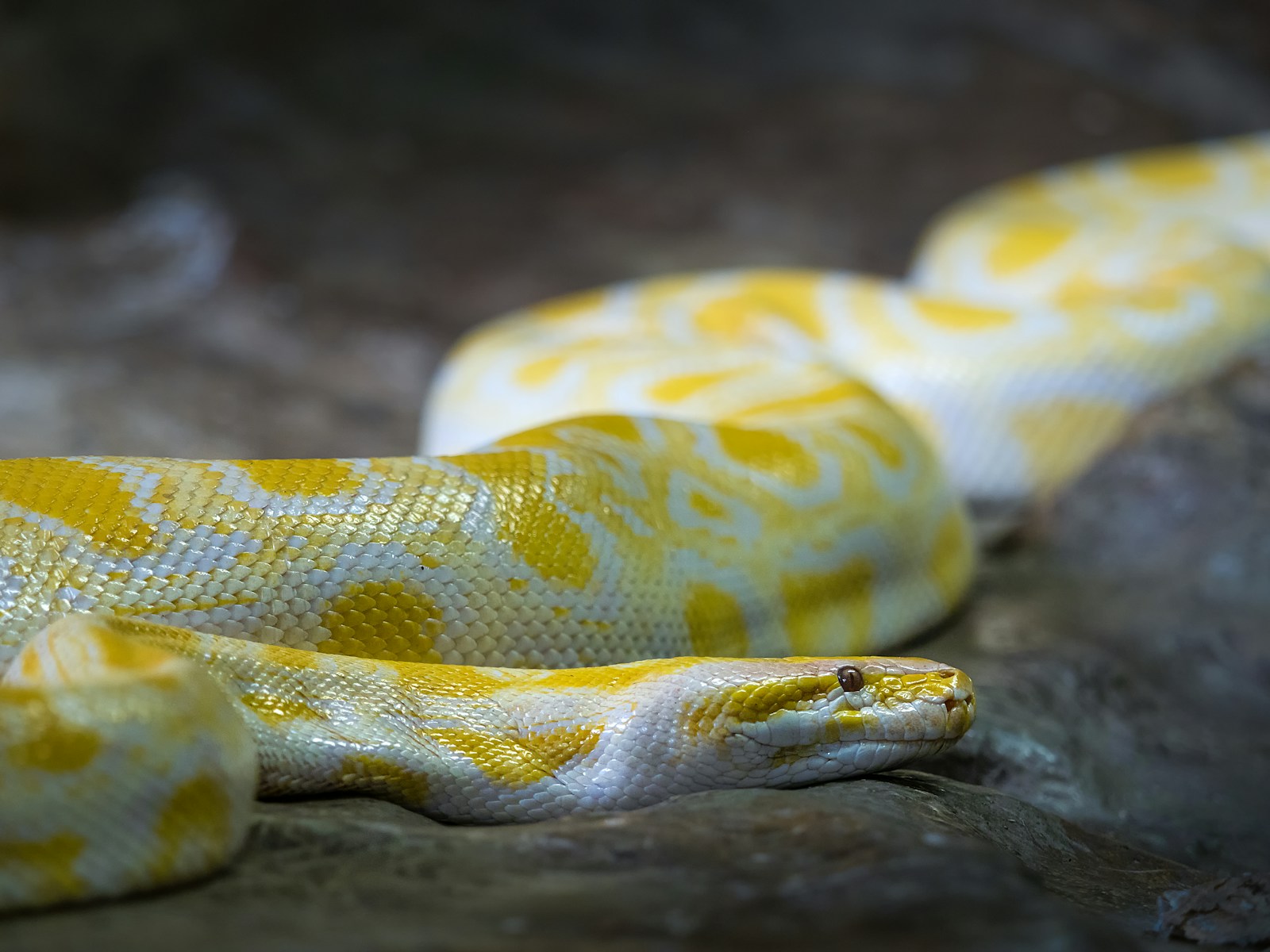
One of the most disturbing trends in snake-influenced horror is the increasing appearance of snake-human hybrid creatures that combine the most unsettling aspects of both species. Films like “The Shrine” (2010) and “The Void” (2016) feature humanoid entities with snake-like qualities—dislocating jaws, shedding skin, or sinuous movement patterns—that create profound uncanny valley effects. These hybrids often represent fears of contamination, corruption of the human form, or ancient malevolent forces taking human shape. The 2018 film “Apostle” features a remarkable goddess figure whose movements and feeding habits evoke serpentine qualities while maintaining human form. This hybridization approach proves particularly effective because it combines our evolutionary fear of snakes with our psychological discomfort at seeing the human form distorted, creating antagonists that disturb on multiple cognitive levels. The snake-human hybrid has become an iconic horror image precisely because it exists at the intersection of multiple fear responses.
Snakes and Sound Design in Horror
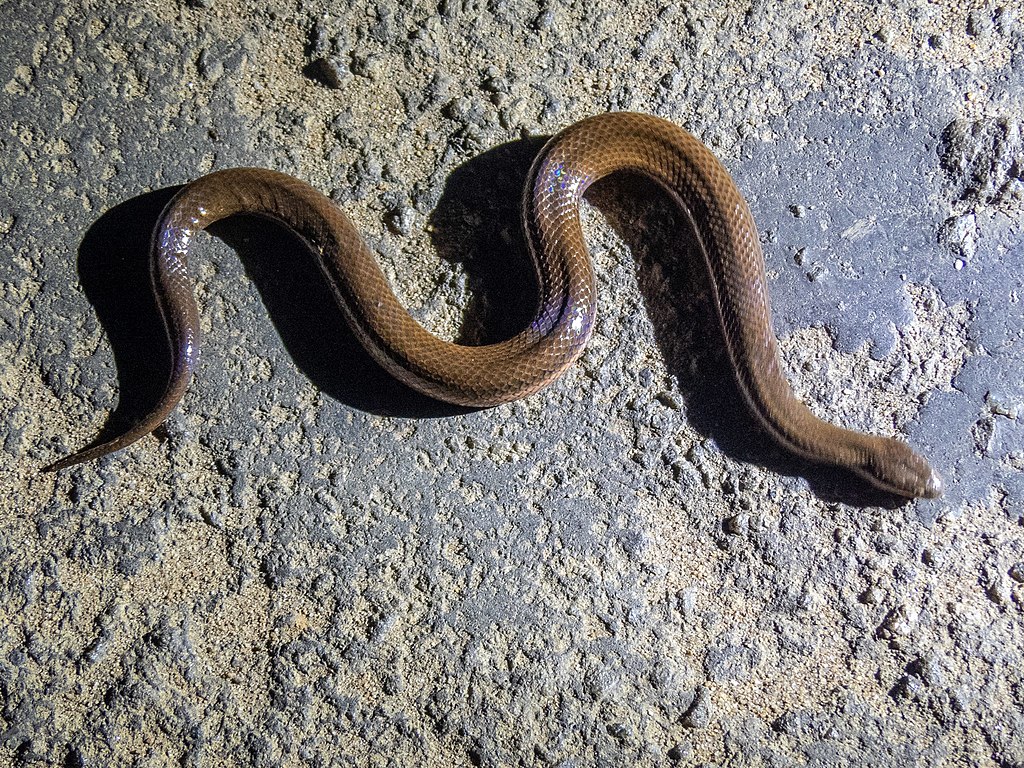
The auditory representation of snakes has become a sophisticated element of horror film sound design, extending far beyond realistic hissing sounds. Sound designers create unsettling snake-associated audio cues by manipulating frequencies that trigger physical discomfort, particularly in the range that mimics predator sounds. The distinctive rasp of scales against surfaces often appears in soundscapes for scenes featuring no visible snakes, creating subliminal tension. Some films employ infrasound—frequencies below human hearing that nonetheless create physical sensations of unease—during snake-related scenes to amplify viewer discomfort. The musical scores for snake-focused horror often incorporate sinuous, gliding string instruments and wind instruments capable of mimicking the sounds of hissing or strike movements. This audio dimension of snake representation demonstrates how thoroughly these reptiles have influenced every aspect of horror filmmaking, creating a multisensory experience of serpentine threat.
Cultural Variations in Snake Horror

Snake horror manifests differently across global cinema traditions, reflecting each culture’s specific relationship with these reptiles. In Japanese horror, snakes often connect to vengeful female spirits, as in the classic “The Snake Woman’s Curse” (1968), drawing on folkloric associations between women, serpents, and supernatural revenge. Bollywood horror frequently incorporates the nāgin tradition—shapeshifting snake deities capable of assuming human form—creating horror narratives where serpents seek vengeance for specific wrongs rather than being mindlessly predatory. Mexican horror cinema often connects snakes to pre-Columbian deities and sacrifice, as seen in “Alucarda” (1977) with its serpentine priest characters. European horror frequently emphasizes the snake’s biblical connections, particularly in Italian gothic horror where serpent imagery commonly accompanies themes of temptation and corruption. These cultural variations demonstrate how snake horror transcends simple jump scares to engage with deep cultural narratives and anxieties specific to different filmmaking traditions.
The Influence of Herpetology on Realistic Snake Horror
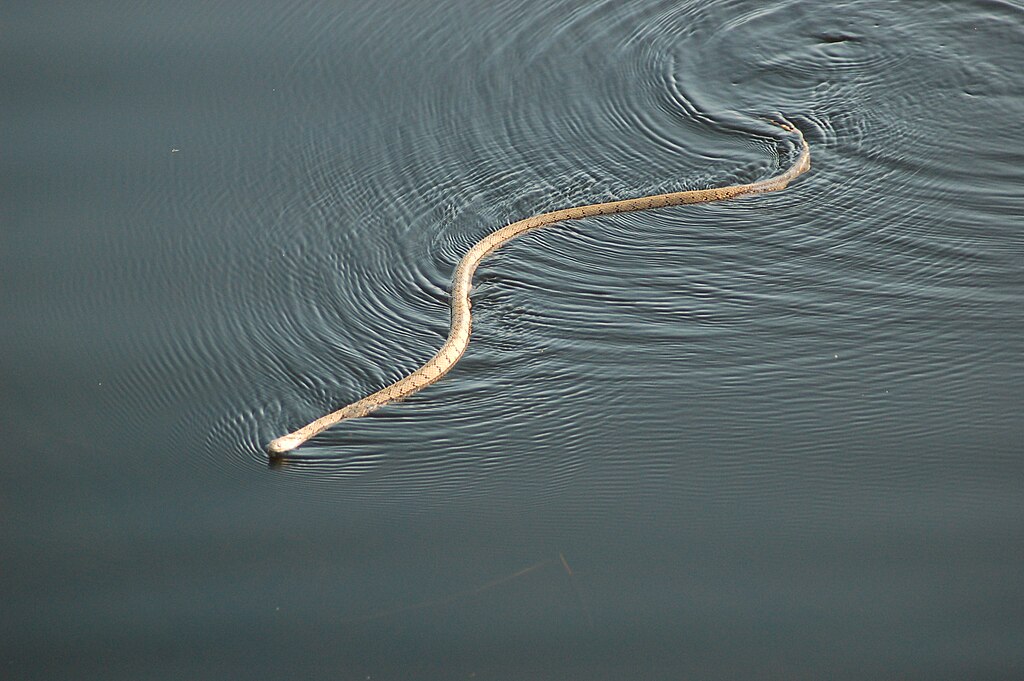
As scientific understanding of snake biology has increased, some horror filmmakers have incorporated accurate herpetological details to create more sophisticated and plausible serpentine threats. Films like “Snakes on a Plane” (2006), despite its outlandish premise, consulted with reptile experts to create behaviorally accurate snake species with distinct hunting strategies and venom effects. The 2019 disaster-horror film “Crawl” features water moccasins whose behavior during flooding accurately reflects how these venomous snakes respond to rising water levels. This scientific accuracy paradoxically increases horror effectiveness by grounding fantastic scenarios in biological reality, making threats feel more credible to knowledgeable viewers. Modern snake horror often distinguishes between constrictor and venomous species, using their distinct killing methods to create varied threat scenarios rather than treating all snakes as interchangeable dangers. This scientific influence represents the evolution of snake horror from purely symbolic or exaggerated threats to more nuanced representations that respect the actual behaviors of these fascinating predators.
The Future of Snakes in Horror Cinema
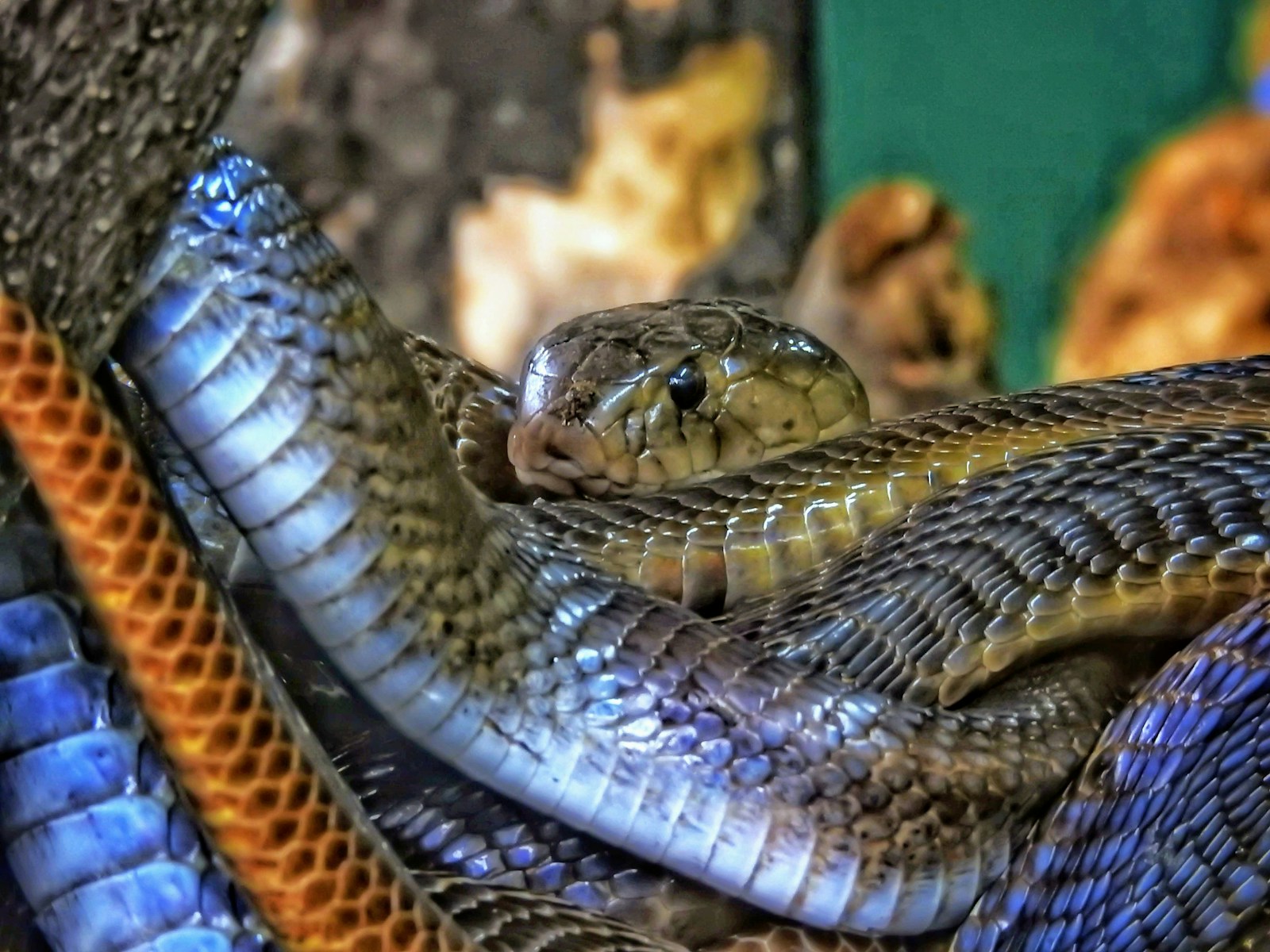
As horror continues to evolve, snakes seem positioned to remain significant influences on the genre, with several emerging trends pointing to their continued relevance. Environmental horror increasingly features snakes as indicators of ecological imbalance, with films like “In the Earth” (2021) using serpentine imagery to represent nature’s response to human interference. Virtual reality horror games and experiences have discovered that digital snakes create intensely physical fear responses in players, suggesting new technological frontiers for snake-based scares. Several upcoming productions have announced snake-centered premises that blend horror with social commentary, including projects exploring the impacts of climate change on snake habitats and behavior. The snake’s remarkable versatility as both literal threat and metaphorical device ensures its continued prominence in horror, allowing filmmakers to connect primal fears with contemporary anxieties. As horror cinema continues to reinvent itself, the snake remains a constant—a perfect embodiment of the uncanny, the dangerous, and the other that lies at the heart of the genre.
From their deep psychological impact to their rich symbolic associations, snakes have proven themselves indispensable to the horror genre. Their influence extends beyond their physical presence on screen to shape how horror films are shot, scored, and structured. As we’ve explored, serpents connect to our evolutionary past while simultaneously allowing filmmakers to address modern anxieties about transformation, contamination, and environmental change. Whether appearing as realistic threats, symbolic presences, or uncanny hybrids, snakes continue to evolve alongside the horror genre itself, finding new ways to disturb and fascinate audiences worldwide. Their enduring power in horror cinema testifies to their unique position in human psychology—creatures that will likely continue to slither through our collective nightmares for generations of filmmaking to come.





